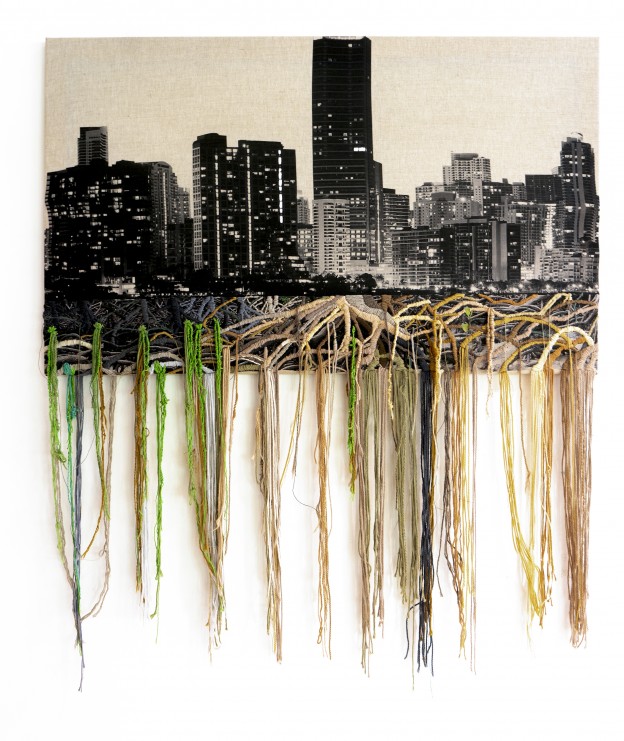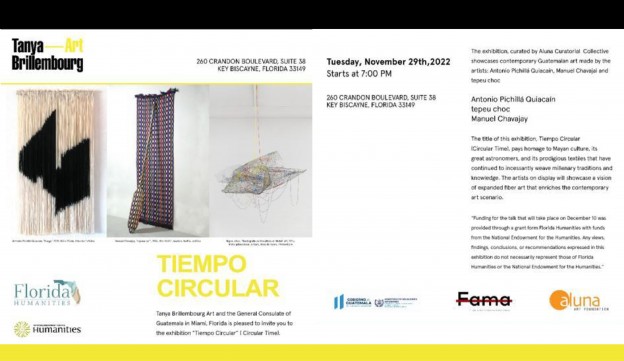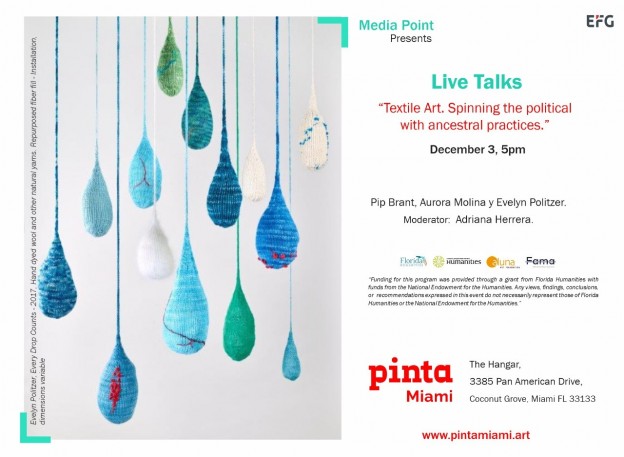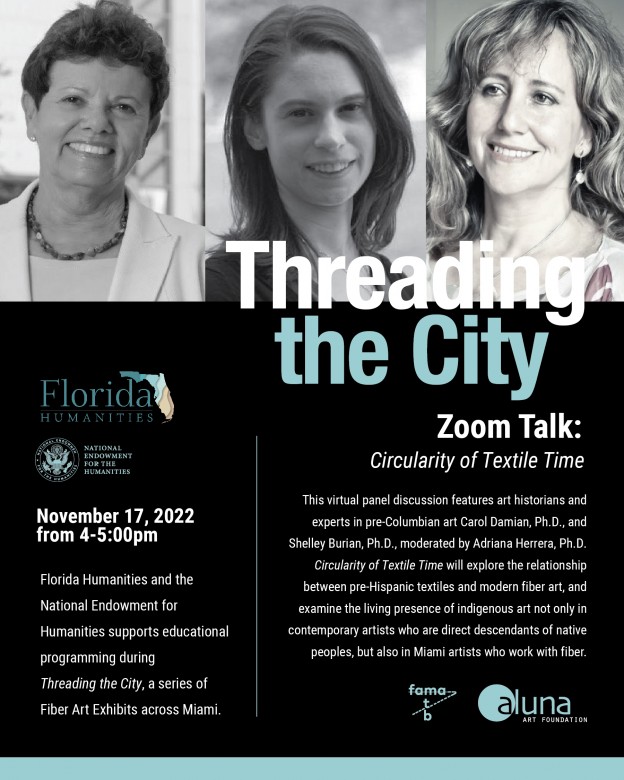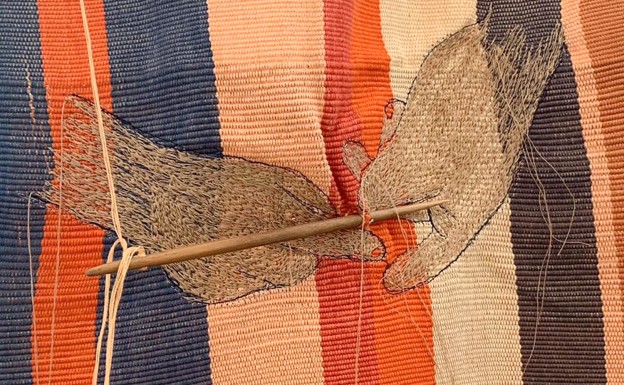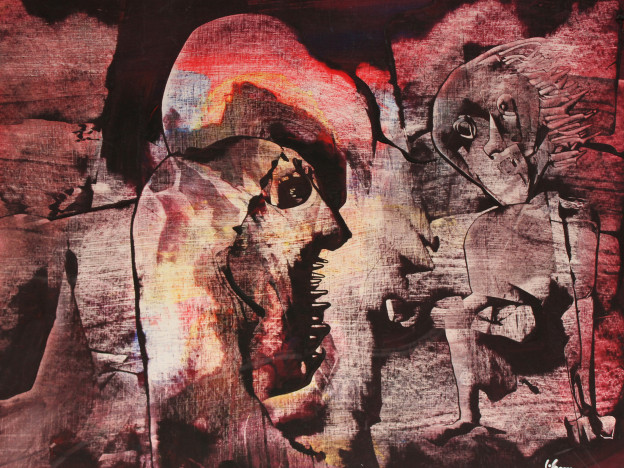
Barrio Workshop Artspace. Arte al Dia International, 01.17.2012
After Neo-expressionism – Miami
by Eduard Reboll
Five Miami-based Cuban artists aligned with the Neo-Expressionist tradition – Yovani Bauta, Frank Chinea Inguanzo, Carlos A. Díaz Barrios, Vicente Dopico-Lerner, and Ramón Lago − gathered together in a gallery that is deliberately marginal and warmly human: Barrio Workshop Artspace.
The exhibition, curated by Willy Castellanos with support from the Aluna Art Foundation, an organization he created together with Adriana Herrera, was the Foundation’s inaugural exhibit, and it afforded a space for the creative voices that cannot make themselves heard and have things to say about the city. The place is situated outside the classic circuits of Wynwood, Design District or Coral Gables, and it identifies with the lyrics conveyed through graffiti on its façade.
Yovani Bauta’s series, The forgotten, was a direct and justified homage to the title of Buñuel’s movie, but instead of children, it was the elderly that were depicted under an intense red on the canvases. The tension in the composition arose from the contrast between the almost planar backgrounds behind the figures and the tension between the naked bodies that evoked the paintings of Lucien Freud, according to Castellanos, the curator of the show, and Bacon’s grimmer portraits. Frank Chinea, on the other hand, situated his crackled compositions in inner dreams that moved like his closest ghosts or his most significant losses. They were works in which the light could only be glimpsed, and even in that case, it was as though it had begun to die out. The personal and the subjective coalesced to create a world that was more Munch-like, to my view, when the characters and the landscape were grouped together, or Chagallian, according to the curator, when the darkness echoed labyrinthine narratives.
Poetry was not absent from this exhibit, and it was personified by Carlos A. Díaz Barrios, who abided by the dictates of the myth or the innocence of the maker. His fingers were his tools, axes and scrapers that carved on the surface perplexed characters that could take us from genuine laughter to a feeling of unease or to an attentive gaze. For the fact is that, before being a visual artist, Díaz Barrios was a poet, and his canvases contained his past as a bard. With a more linear and volatile brushwork, and more concerned with light than with color, Vicente Dopico-Lerner offered a series of profile portraits filled with a sweet sadness, with terror on some occasions and with restfulness on others, which were in tune with the global panorama of the exhibition. Lastly, the genre of small-format sculpture was represented by Ramón Lago, particularly in his series The Four Seasons, which through his hedonistic and derisive style was capable of conveying, via individuals with prominent stomachs and open-mouth smiles, all the happiness that the gods of Olympus offered to human beings.
Personally speaking, I endorse the curatorial thesis included in the catalogue written by Castellanos and Herrera, who declare that “at a time when the inclusion of narrative in art seems to have come to an end, these artists vindicate the subjective as a vital form of affirmation…and they even come close to certain romanticism and to a poetry of tenderness.” Words which are somehow opposed to the reluctance of most galleries in the metropolis to tackle the elaboration of a discourse on the effects of the world crisis. Adhering to the predominance of a conceptual art, they leave practices that do not enjoy the favor of the market aside. After Neo-Expressionism is more a question than a title. And it offers, from there, a vision of what is happening in the panorama of creation in Southern Florida.



